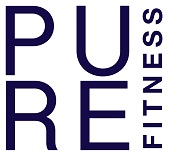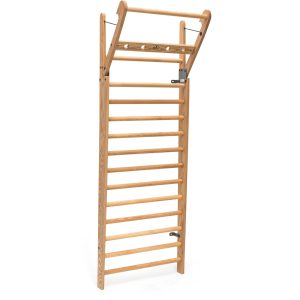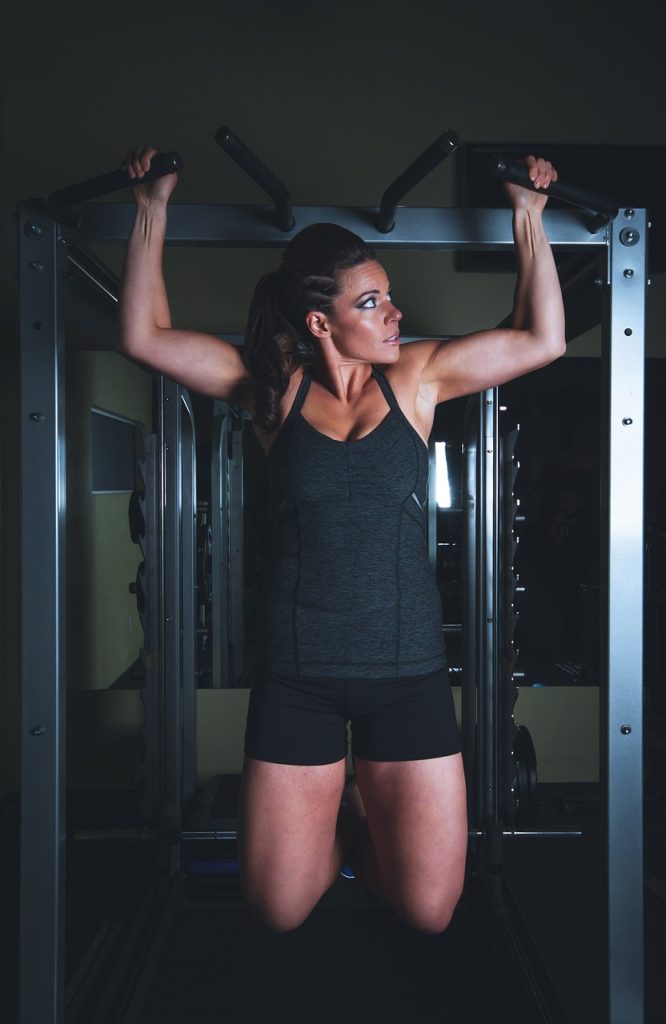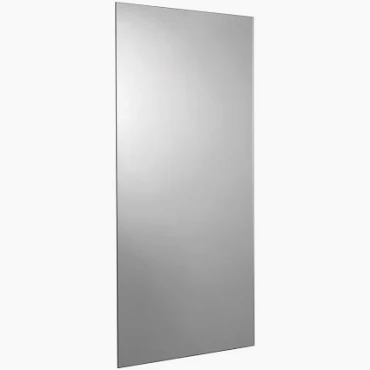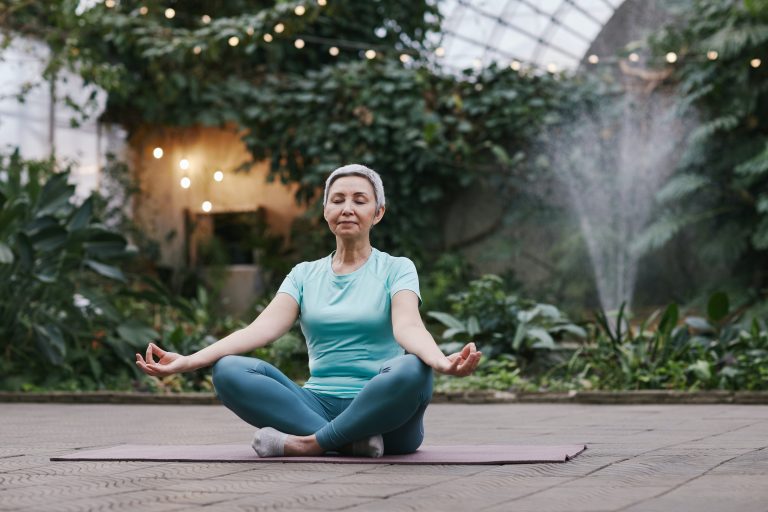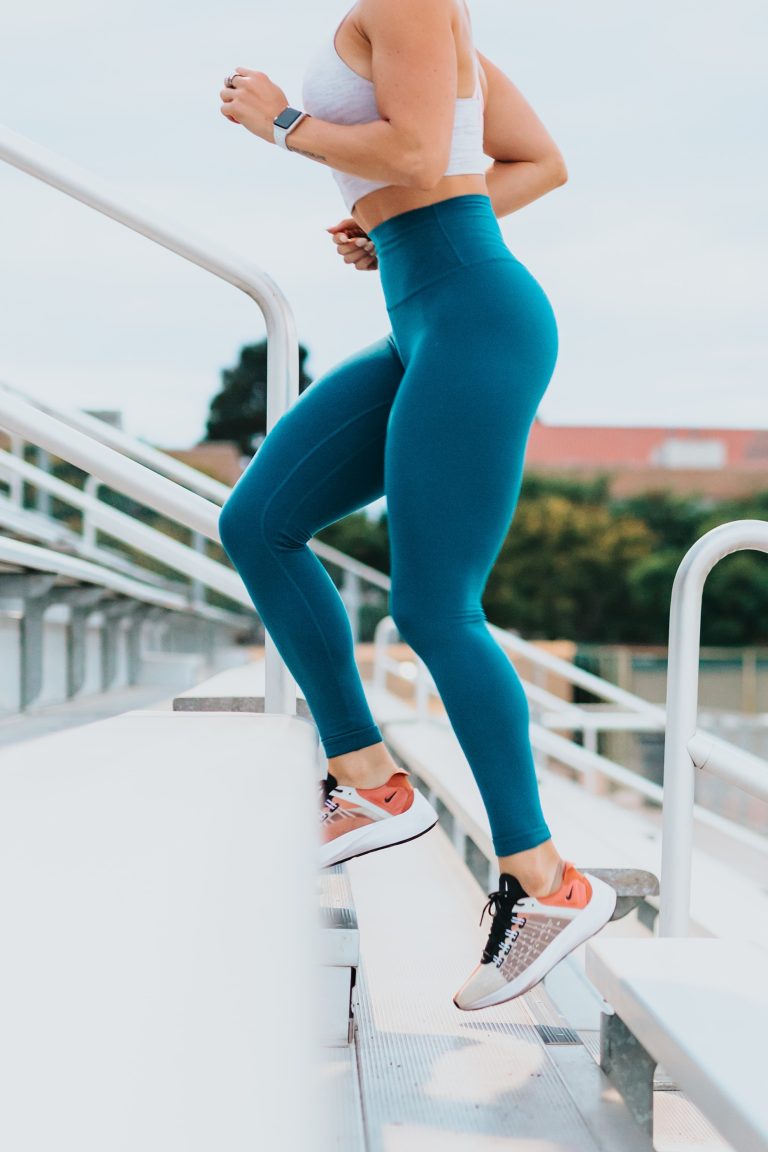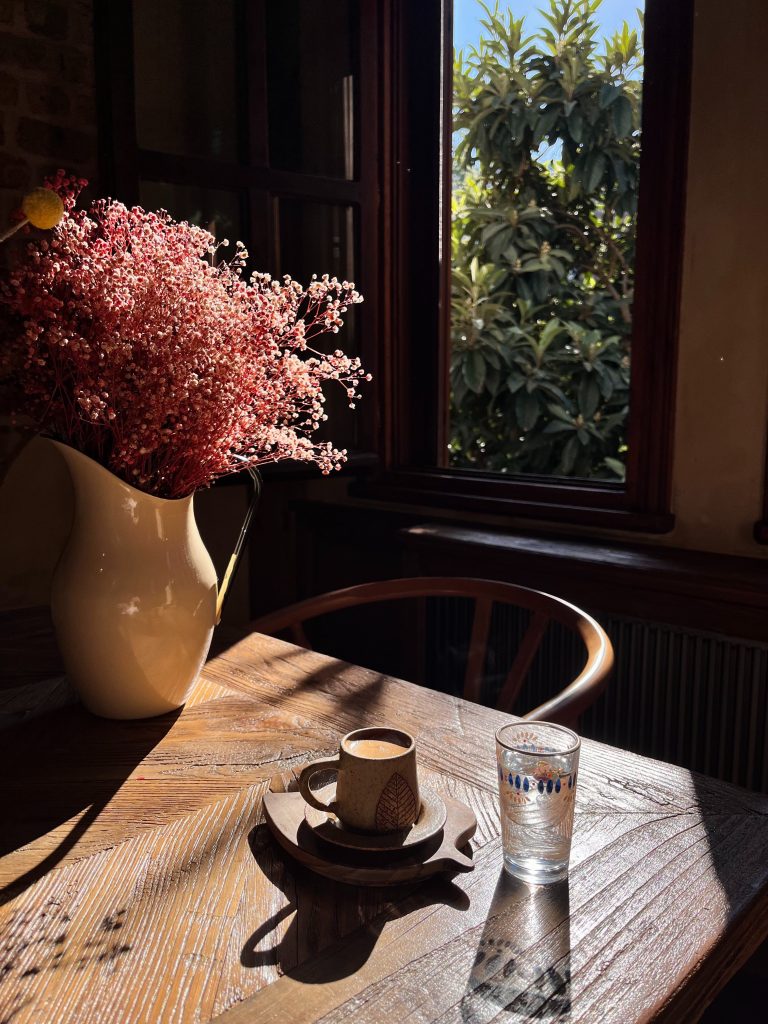Are you curious about how those wall bars at the gym can benefit your fitness routine? Wall bars, also known as stall bars or Swedish ladders, have become increasingly popular in recent years due to their versatility and effectiveness. These simple yet functional pieces of equipment can be used for a wide range of exercises, from improving flexibility and mobility to building strength and coordination. In this article, we will explore the various ways wall bars can be used to enhance your keep fit routine and help you achieve your fitness goals. So, let’s dive in and discover the incredible advantages of incorporating wall bars into your workout regime!
Table of Contents
ToggleBenefits of using wall bars in keep fit
Improves overall strength
Using wall bars in your fitness routine can significantly improve your overall strength. The various exercises performed on the wall bars, such as pull-ups, chin-ups, and hanging knee tucks, target multiple muscle groups simultaneously. This leads to increased muscle activation and promotes muscle growth and development. As you continue to challenge your muscles through regular use of wall bars, you will notice improvements in your strength and power.
Enhances flexibility and mobility
Wall bars are a fantastic tool for enhancing flexibility and mobility. Exercises like leg stretches, pike stretches, and shoulder stretches can be effectively performed with the support of the wall bars. These exercises help to stretch and elongate the muscles, increasing their range of motion. By regularly incorporating these exercises into your workout routine, you can improve your flexibility and mobility, allowing you to move with greater ease and reduce the risk of injuries.
Develops core stability
Wall bars are excellent for developing core stability. Core stability refers to the ability to maintain a strong, stable, and aligned torso during movement. Exercises such as planks, side planks, and hanging knee raises performed on the wall bars engage the muscles of the core, including the abdominals, obliques, and lower back. By consistently working on your core stability using wall bars, you can improve your balance, posture, and overall functional strength.
Increases body awareness
Wall bar exercises are great for increasing body awareness. The vertical alignment provided by the wall bars allows you to focus on your body’s position and movements, creating a heightened sense of body awareness. This increased awareness helps you understand and control your body’s movements more efficiently, leading to better exercise form and improved coordination.
Improves posture
Wall bars are a valuable tool in correcting and improving posture. Many exercises performed on the wall bars, such as doorway stretches, wall sits, and scapula squeezes, specifically target the muscles responsible for maintaining proper posture. Regularly incorporating these exercises into your routine can help alleviate common postural issues caused by sedentary lifestyles, such as rounded shoulders and forward head posture. By strengthening the muscles that support good posture, you can achieve a more upright and aligned position.
Enhances cardiovascular fitness
Using wall bars in your workouts can significantly enhance your cardiovascular fitness. Exercises like climbing exercises, jumping exercises, and high knees performed on the wall bars bring your heart rate up and get your blood pumping. Consistently engaging in these cardiovascular exercises can improve your endurance, boost your lung capacity, and strengthen your cardiovascular system overall. By incorporating wall bars into your fitness routine, you can take your cardiovascular fitness to new heights.
Aids in weight loss
Wall bars can be a valuable tool in achieving weight loss goals. The versatility of wall bar exercises allows for high-intensity workouts, which are known to be effective in burning calories and shedding excess weight. By incorporating circuit training, interval training, and high-intensity interval training (HIIT) workouts using the wall bars, you can maximize calorie burn and accelerate fat loss. Additionally, the increased muscle activation from using wall bars can help increase your metabolism, promoting long-term weight loss.
Promotes mental well-being
Using wall bars in your fitness routine can have a positive impact on your mental well-being. Physical exercise has been shown to reduce stress and anxiety, promote relaxation, and enhance mood by increasing endorphin levels in the brain. The sense of achievement and increased self-confidence that comes from mastering wall bar exercises can boost your overall mental well-being. Additionally, by providing an outlet for emotions and promoting mindfulness, wall bar exercises can help you feel more centered and present in your daily life.
Versatile exercise options
Wall bars offer a wide array of exercise options, making them a versatile tool for any fitness level. From pull-ups and handstand push-ups to leg raises and tricep dips, there is an exercise for everyone. The modifiable nature of wall bars allows individuals to adjust the difficulty of exercises according to their fitness level, making them accessible to beginners and challenging for advanced athletes. This versatility ensures that you will never get bored with your workouts and can continually progress and challenge yourself.
Accessible to all fitness levels
One of the greatest benefits of wall bars is that they are accessible to individuals of all fitness levels. Whether you are a beginner looking to improve your strength and flexibility or an experienced athlete wanting to take your fitness to the next level, wall bars can accommodate your needs. The ability to modify exercises and adjust the difficulty level makes wall bars inclusive and suitable for anyone looking to improve their fitness. Regardless of your age, fitness background, or current abilities, wall bars can be a valuable addition to your workout routine.
Exercises commonly performed using wall bars
Pull-ups
Pull-ups are a classic exercise performed using wall bars. They primarily target the muscles of the back, including the latissimus dorsi, rhomboids, and biceps. Pull-ups are an effective strength-building exercise that can help improve posture and increase upper body strength.
Chin-ups
Chin-ups are similar to pull-ups but with a supine grip. This exercise targets the same muscle groups as pull-ups but places more emphasis on the biceps. Chin-ups are a great way to enhance overall upper body strength and build impressive arm muscles.
Leg raises
Leg raises are excellent for targeting the abdominal muscles, particularly the lower abs. Holding onto the wall bars for support, you lift your legs into a straight position, engaging your core and challenging your abdominal strength. Leg raises are ideal for developing a strong and defined midsection.
Handstands and Handstand push-ups
Handstands and handstand push-ups are advanced exercises that build upper body strength, shoulder stability, and core control. While handstands require balancing your body upside down against the wall bars, handstand push-ups involve performing a push-up motion while in the handstand position.
L-sits
L-sits are a challenging exercise that targets the core, hip flexors, and triceps. To perform an L-sit, you sit on the floor with your legs straight in front of you while holding onto the wall bars and lifting your body off the ground. This exercise helps improve core stability and strengthen the arms.
Hanging knee tucks
Hanging knee tucks are a dynamic core exercise that targets the abdominals, hip flexors, and lower back. By hanging from the wall bars and lifting your knees upwards towards your chest, you engage the core muscles and promote overall core strength and stability.
Mountain climbers
Mountain climbers are a full-body exercise that targets the core, shoulders, and legs. To perform mountain climbers using wall bars, you assume a plank position and alternate bringing your knees towards your chest in a running motion. This exercise elevates the heart rate and improves cardiovascular fitness.
Inverted rows
Inverted rows, also known as body rows, are an excellent exercise for targeting the muscles of the back, shoulders, and arms. With your body at an incline and holding onto the wall bars, you pull your chest up to the bars, engaging the muscles of the upper body. Inverted rows are a great alternative to traditional rowing exercises.
Tricep dips
Tricep dips are a compound exercise that targets the triceps, chest, and shoulders. By positioning yourself between the wall bars and lowering your body towards the ground, you engage the triceps as you press back up. Tricep dips help strengthen and tone the back of the arms.
Inclined push-ups
Inclined push-ups are a variation of the traditional push-up exercise. By placing your hands on the wall bars at an incline, you engage the muscles of the chest, shoulders, and triceps as you lower your body towards the bars and push back up. Inclined push-ups are an excellent option for beginners or individuals looking to modify the intensity of a push-up.
Assistance exercises with wall bars
Assisted pull-ups
If you are unable to perform full pull-ups, you can use wall bars to assist you in building strength. By placing a bench or box under the wall bars and using your legs to assist your pull-up motion, you can gradually progress towards performing unassisted pull-ups. Assisted pull-ups target the same muscle groups as regular pull-ups and help build strength and confidence.
Assisted chin-ups
Similar to assisted pull-ups, assisted chin-ups allow you to train the muscles of the back and arms while receiving assistance from your legs. By using a bench or box under the wall bars, you can gradually decrease the amount of assistance needed, working towards unassisted chin-ups. This exercise is effective in building upper body strength and developing the biceps.
Assisted handstand push-ups
Handstand push-ups can be challenging, but with the assistance of wall bars, you can gradually work towards achieving this advanced exercise. By using the wall bars for support and gradually increasing the depth of your push-ups, you can strengthen your shoulders and build the necessary strength to perform a full handstand push-up.
Assisted L-sits
For individuals who are not yet able to perform L-sits, the wall bars can provide assistance. By placing your feet on the ground or a bench in front of the wall bars while holding onto the bars, you can gradually lift your body and work towards a full L-sit. Assisted L-sits help strengthen the core, hip flexors, and triceps.
Assisted hanging knee tucks
Assisted hanging knee tucks are a modification of the regular hanging knee tucks. By using a bench or box under the wall bars, you can decrease the intensity of the exercise and gradually build up your core strength. Assisted hanging knee tucks target the abs, hip flexors, and lower back.
Assisted inverted rows
Similar to regular inverted rows, assisted inverted rows help build upper body strength and target the muscles of the back, shoulders, and arms. By adjusting the angle of your body or using a bench under the wall bars, you can decrease the difficulty of the exercise and gradually work towards performing unassisted inverted rows.
Assisted tricep dips
If full tricep dips are challenging, you can use the wall bars for assistance. By placing your feet on the ground or a bench in front of the wall bars, you can decrease the intensity of the exercise and focus on building strength in the triceps, chest, and shoulders. Assisted tricep dips are an effective way to gradually progress towards performing unassisted dips.
Assisted inclined push-ups
Inclined push-ups can be modified using the wall bars to provide assistance. By adjusting the incline or using a bench under the wall bars, you can decrease the difficulty of the exercise and gradually work towards performing regular push-ups. Assisted inclined push-ups engage the chest, shoulders, and triceps.
Developing flexibility and mobility with wall bars
Leg stretches
Pike stretches
Shoulder stretches
Hip stretches
Chest stretches
Hamstring stretches
Back stretches
Tricep stretches
Calf stretches
Quadriceps stretches
